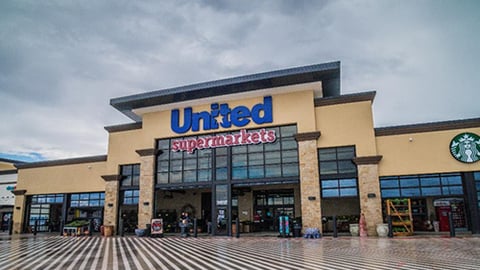Majority of Shoppers Still Struggle to Afford Groceries: Survey
Retail technology company Swiftly is shedding light on the state of in-store grocery shopping, including customer behavior, as part of its annual True Cost of a Grocery Shop survey. While inflation has slowed, Swiftly found that two-thirds of shoppers still have trouble affording their groceries, making tools like coupons and loyalty programs more important than ever.
According to the survey, cautious spending affects nearly every aspect of grocery shopping, such as item selection and a reliance on discounts. Some 53% of respondents said they have adjusted their grocery budgets or shopping habits because of rising interest rates. Further, 82% of respondents use coupons, 64% are part of a grocery loyalty program and 34% use retail apps.
[Read more: "Which Grocers Ranked High for Loyalty"]
Swiftly also found that the number of consumers that prefer shopping in-store has risen since 2022, up to 77%, with many also showing “a clear preference for shopping in local grocery stores over other options such as big retail chains, delivery services and online shopping.”
In order to address this preference, Swiftly recommends that brick-and-mortar grocers bridge the digital and physical divide by investing in advanced retail technology tools. By offering user-friendly apps with coupons, personalized recommendations and loyalty rewards, food retailers can ultimately enhance in-store traffic, increase basket size and boost overall revenue.
"The ongoing fluctuations in inflation, along with other financial pressures like student loan repayments and rising interest rates, are pushing consumers deeper into debt. Groceries represent a significant portion of consumer expenditure, following housing and transportation costs,” said Henry Kim, CEO of Swiftly. “Our survey results show that the current economic environment has cultivated shoppers who are not only more deal-focused but also expect savings from their preferred shopping locations.”
Continued Kim: “To meet this demand and compete with larger retailers offering lower prices, physical grocery stores must incorporate advanced retail technology tools into their strategies. These tools are essential not just for customer savings, but also for building connections, enhancing engagement and boosting store visits, without which they risk falling behind."






